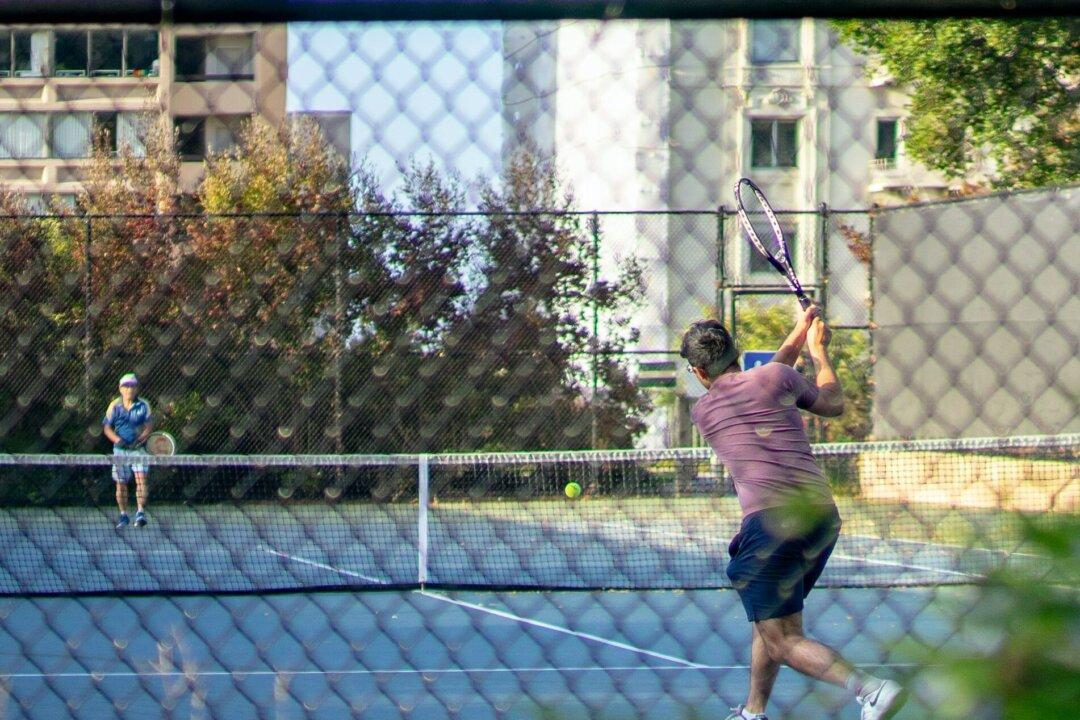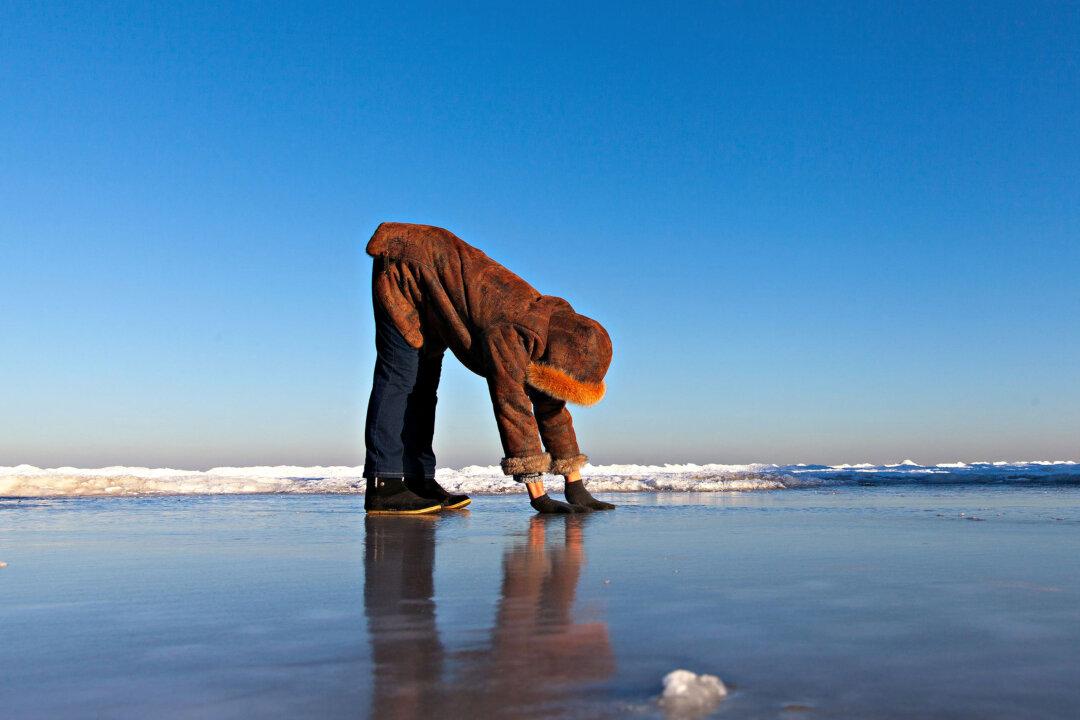Your knees are the workhorse joint of your body. They’re considered to be your body’s shock absorbers. With each step, they absorb one and a half times the weight of your body, and when you run or jump, they absorb much more.
It makes sense that your knees may be the first of your joints to act up as you age. However, knee pain doesn’t have to be a foregone conclusion in your later years. Here are some ways to protect your knees and slow down the effects of aging on them:





